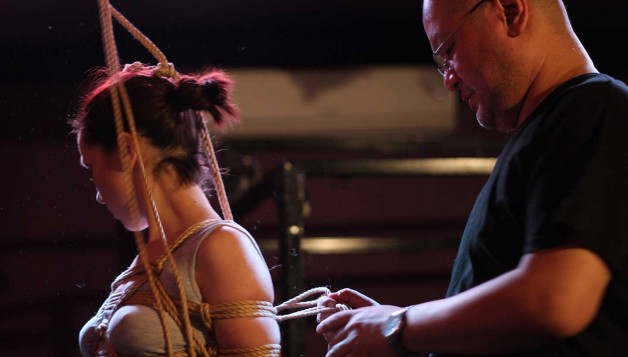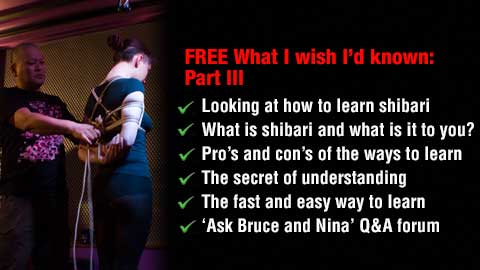In this edition of the ‘What I wish I had known‘ series, I look back on how I learned shibari and give some advice to those starting out and continuing on their journey.
The first step is to decide which of the many definitions of shibari suit your vision. Like many things, it means different things to different people. When you ask “How can I learn shibari?”, you are casting a very wide net, much like asking “How do I learn to paint?”. What do you want to paint? Pictures? Houses? Vehicles? OK, let’s narrow it down to pictures. To get an useful answer, it helps to know what medium and subject matter. Thus, it is by shibari, so I begin by looking at some definitions and styles. These range from what I’d call ‘erotic macramé’ through Fusion and Japanese style to what the professionals in Japan are doing. The purpose, intent and effect can be equally different. You want to answer the question of ‘What is shibari?’, I have written about it here.
You’ll see that shibari is a bit like an iceberg. Initially, you will be unaware of how much is ‘below the water-line’. There is much more to it than there appears to be at first site. You will find that you don’t know what you don’t know. As your journey progresses, each step will reveal something else of which you were unaware. From this, you might assume it is complicated but it isn’t if you reduce it to ingredients and an understanding of them. You will discover a very simple formula for learning which Nina and I have developed from having not only trodden this path before but from honing our techniques by teaching countless students.
The pro’s and con’s of various ways to learn are discussed so you can choose the best way for you to progress quickly with creativity, connection and safety.


